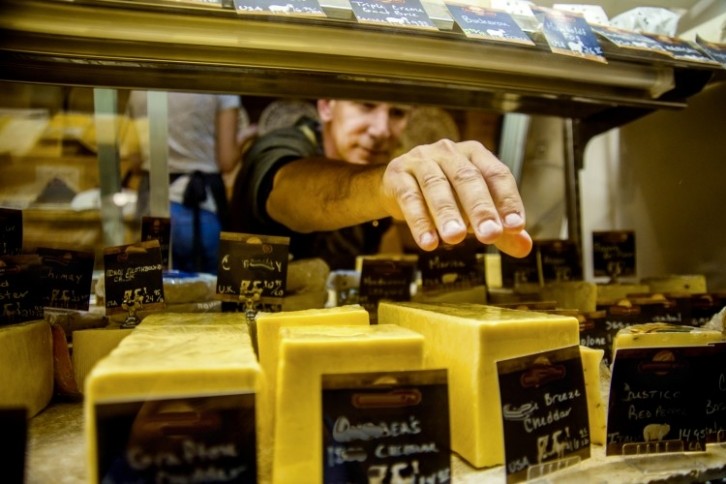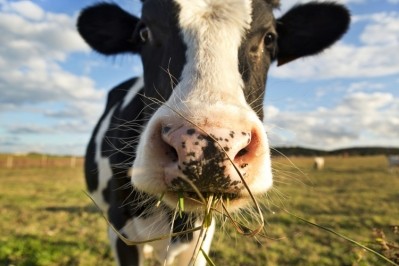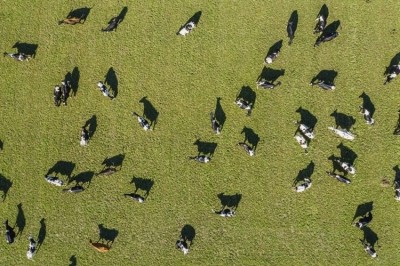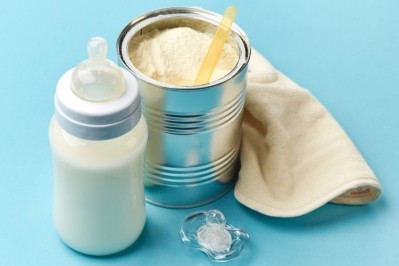Rabobank cools global milk price recovery projections

In its latest global dairy quarterly report, Rabobank predicted that the recovery of market prices ‘will be slower than anticipated’ in its Q1 2024 report. The bank has attributed the price increases of late 2023 and early 2024 to overall lower prices and restocking, rather than improvement in consumer demand. Meanwhile, purchasing has slowed as buyers await the seasonal peak in milk production in the Northern Hemisphere.
Milk supply growth remained subdued according to the analysis, with production tipped to grow modestly in Q3 and more so in Q4. “For Europe, we expect year-on-year growth of just 0.2% in Q3 and 1% in Q4,” the bank stated. “With farmgate margins in the US higher than weaker year-on-year comparable figures, milk per cow will likely show improvement in H2 2024.”
Similarly, New Zealand is tipped to produce ‘moderately stronger’ growth in the second half of the year if the weather allows it, while South America producers, having seen the back of El Nino can hope for higher margins thanks to lower feed prices and increasing farmgate milk prices.
With inflation still high in most countries, interest rates are putting pressure on debt and consumer spending, which in turn is affecting purchasing power, the bank stated.
In Europe, the bank expects flat demand this year but tips US consumers to increase purchasing due to lower dairy prices in that market. The US dairy product CPI was 1.6% lower year on year, declining for the seventh month in a row in March – the first time this had happened since 2016.
Rabobank added that it had not seen evidence of a significant market reaction to the outbreak of bird flu in the US dairy herd since March. “Many questions remain about the overall spread and severity of the virus, but to date, the impact on milk production and dairy product demand has been limited,” said the bank.
Lack of interest rate cuts could be good news for farmers
While sustained uncertainty around when interest rates will be cut is putting pressure on consumer spending in some markets, farmers and dairy processors may be able to benefit from improved credit affordability in the short term, the bank stated.
Global demand for cheese and butter has remained strong according to the report, though skim milk powder exports continue to underperform, likely due to lower demand from China.
In the EU, exports fell 4.7% in February year-on-year on the back of stronger domestic prices, lower stocks and higher comparable figures, the bank stated. SMP exports also declined 10.1% on 2023.
In the US, exports improved in February for the first time since January 2023. This was led by cheese, nonfat dry milk and whey powder, with competitive pricing in Q1 supporting record-high monthly volume of cheese shipments on a daily average basis. Nonfat dry milk exports also rose 3.4% propped up by demand from Southeast Asia. Rabobank predicts total US shipments will trend close to prior-year levels during 2024 but remain lower than 2022’s record-setting volumes.










